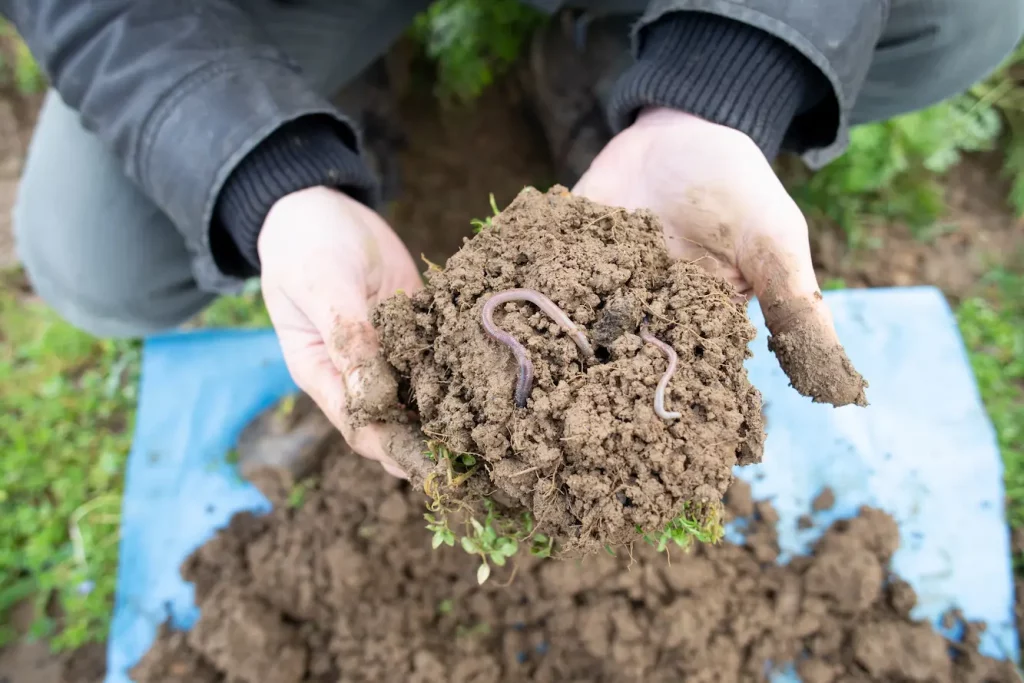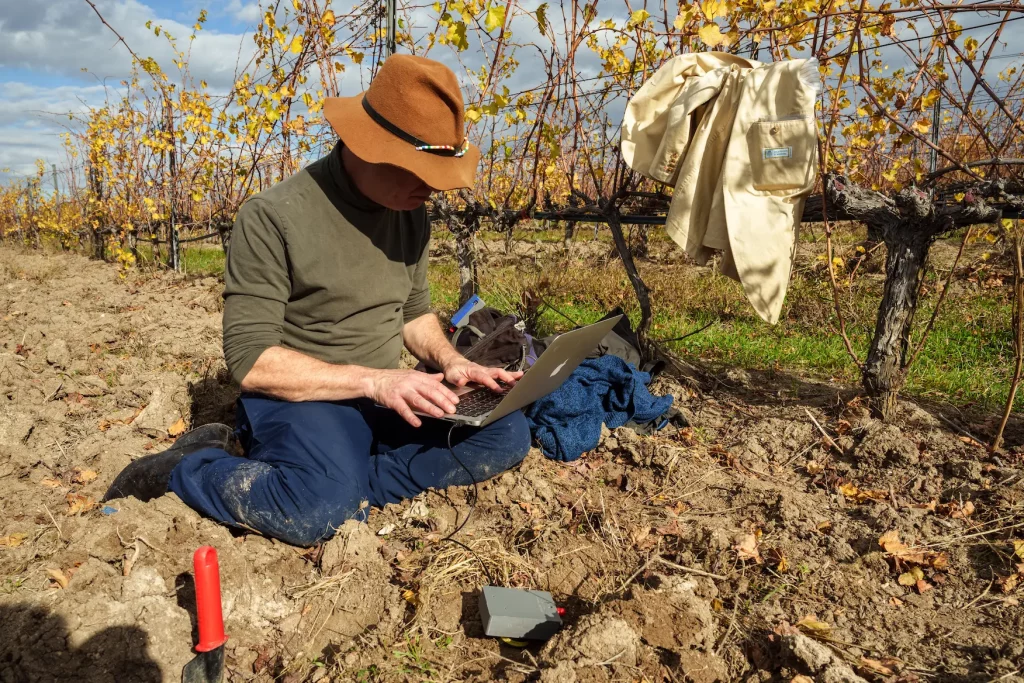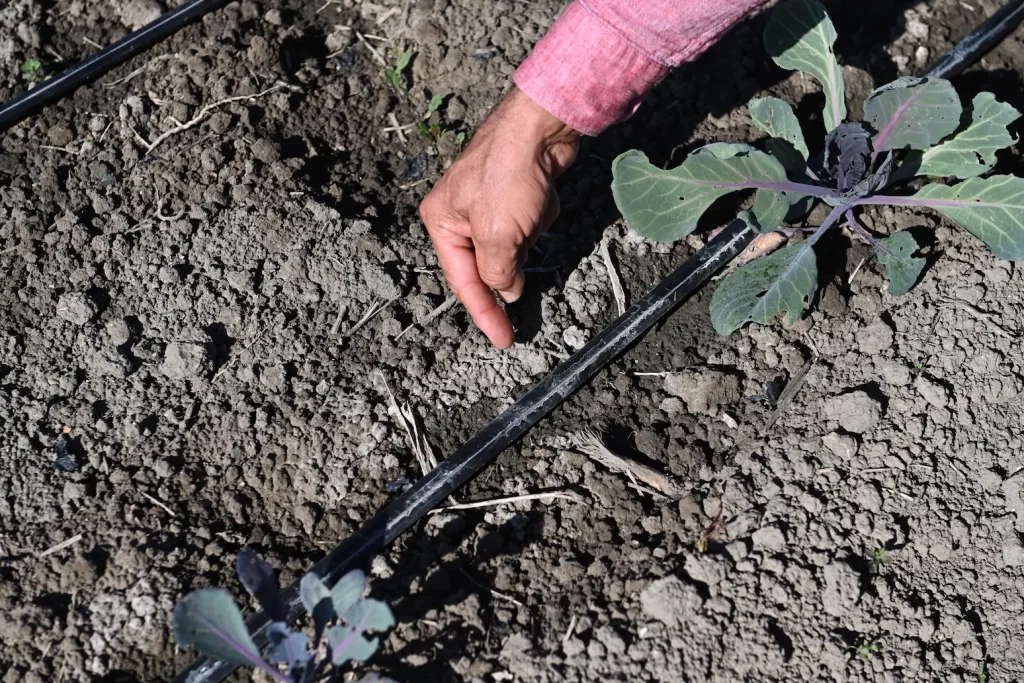Robust indicator framework
Introduction
A robust indicator framework for Europe’s soils.
The AI4SoilHealth project is creating a vital soil health indicator framework to support the EU Soil Strategy for 2030. Find out why indicator frameworks are important and how they can be an effective tool for soil health monitoring and management.
Why is building a robust indicator framework important for European soil health management?
The EU Soil Strategy for 2030 aims to protect and restore Europe’s soils. To achieve this, we need a robust framework of soil health indicators, which can give us a complete picture of soil health accounting for all its complexities.
Pan European monitoring is currently performed through the known LUCAS programme. The proposed Soil Health Monitoring Law (which could come into effect in 2025) requires additional monitoring through Member States at smaller scales. As a result, the AI4SoilHealth project is helping to equip Member States with the right frameworks and tools.
Healthy soils are essential for achieving broader goals such as net zero targets for climate, reversing biodiversity loss, and sustaining human health. The framework AI4SoilHealth is working on will provide policy makers with concrete measures to monitor soil health, using indicators and descriptors (see glossary) to track changes both locally and across the European Union. This will enable targeted interventions to address specific soil threats like degradation.
How is the AI4SoilHealth project working towards this
The AI4SoilHealth project is working towards improving soil health management by combining Artificial Intelligence (AI) with modern soil health measurement techniques. It is collaborating with various stakeholders such as the Joint Research Centre (JRC) to co-design practical tools that integrate and enhance soil health indicators, focusing on threats such as erosion and organic matter loss. By using AI to aggregate data and categorise soils as degraded or not, the project helps reveal and map soil threats across Europe, enhancing decision-making through real-time information and tools.
How could a robust framework change the way we manage soil in Europe?
A robust framework could revolutionise soil management in Europe by enabling consistent, scalable monitoring across the continent. It provides critical data that helps identify vulnerable soils and their associated threats, facilitating targeted interventions and more effective legislation. The framework also ensures that soil health management is based on comprehensive and up-to-date information, allowing for better planning and responses to threats such as erosion and pollution.


How will a robust framework benefit soil managers?
Soil managers, including farmers, pollution remediators, foresters, and policymakers, will benefit from a robust framework by gaining access to real-time, high-resolution data on soil health. For ease, the framework adopts a binary approach, meaning that soils are either considered degraded or not. Soils that are categorised as being degraded can then be examined in greater detail.
The framework allows for the aggregation of indicators so various potential threats can be revealed and mapped across Europe. Currently, the European Soil Observatory (EUSO) developed by the JRC, provides available maps which are open access and free to use. The AI4SoilHealth project will enhance this by allowing for the development of new, improved maps. It will enable people to test and develop descriptors, identify new, novel and potential descriptors, and seek the most appropriate interpretation of descriptors across scales.
Tools such as this will allow farmers and policy makers to make more informed decisions on how to manage soils, through either minimising degradation or promoting sustainable practices. Policy makers will then be able to direct legislation more effectively by understanding where interventions are most needed.
Glossary:
An indicator in the context of soil health is a specific, measurable variable that provides information about the overall condition of the soil. Indicators help to assess key functions of the soil, such as its fertility, structure, or capacity to support ecosystems. Examples of soil health indicators include:
- Soil pH: Indicates the acidity or alkalinity of the soil.
- Soil organic carbon (SOC): Reflects the amount of organic matter present, which is crucial for soil fertility and structure.
- Soil moisture content: Determines the soil’s ability to retain water for plant use.
- Nutrient levels: Such as nitrogen, phosphorus, and potassium, which are essential for plant growth.
A descriptor in the context of soil health monitoring refers to a measurable characteristic or feature used to assess the condition of soils. It typically includes a combination of indicators (such as soil pH, organic carbon content) and metrics (like soil texture or bulk density) that describe specific aspects of soil health. Descriptors help interpret environmental conditions and are used to monitor both the current state of the soil and any changes over time.


Find out more
Grant Campbell from Aberdeen University (et al) explains some of the thinking behind the development of a robust indicator framework for Europe.

